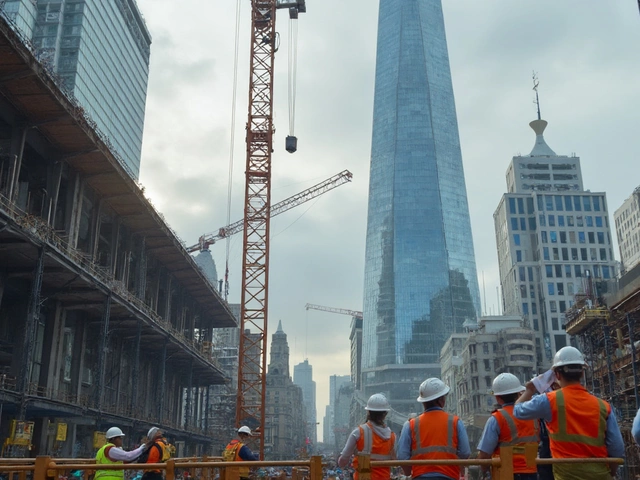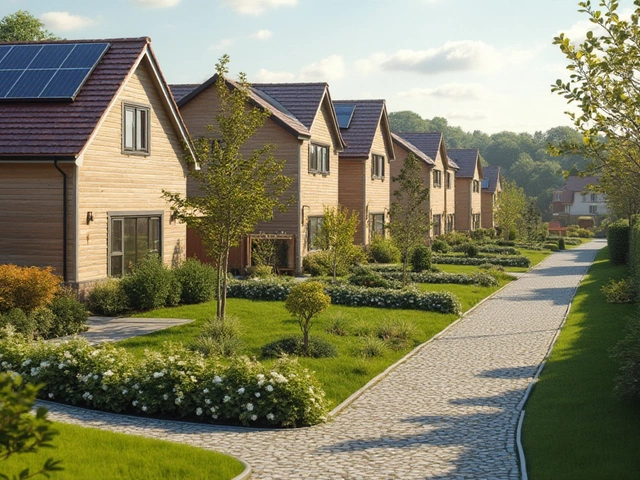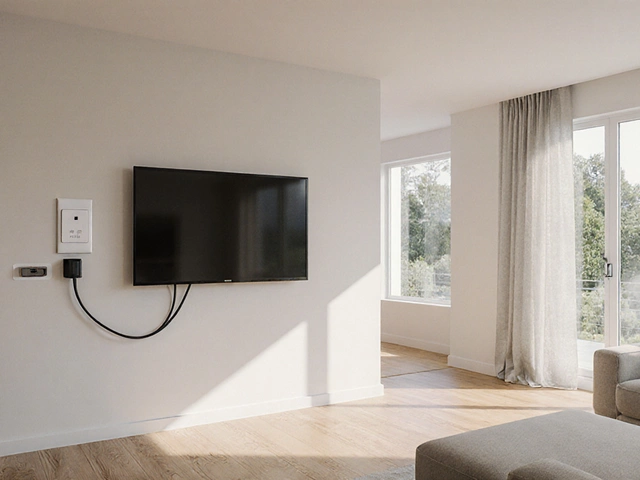Fire-Resistant Materials: What You Need to Know for a Safer Build
When you’re planning a new build or a remodel, fire safety isn’t something you can push to the back burner. Choosing the right fire‑resistant materials not only keeps occupants safe, it can lower insurance premiums and help you pass building inspections without a hitch. In the UK, limestone from local quarries like Lime Hillock is a solid choice because it’s naturally fire‑proof, durable, and fits right into most construction budgets.
Why Limestone and Similar Materials Are Fire‑Proof Picks
Limestone has a high melting point and doesn’t release toxic fumes when exposed to extreme heat. That means walls, foundations, and even decorative finishes made from limestone act like a shield, slowing down the spread of flames. The material also resists cracking under rapid temperature changes, which is a common problem with cheaper alternatives. When you combine limestone with proper insulation and fire‑rated drywall, you get a layered defense that can buy valuable time in the event of a blaze.
Choosing the Right Fire‑Resistant Products for Your Project
First, look at the fire rating you need. Most residential projects aim for a Class A or B rating for walls and ceilings. Check product data sheets – they’ll list the ASTM E84 or BS 476 ratings you need to meet. Next, think about where the material will sit. Exterior cladding takes a beating from wind and rain, so you’ll want a dense, low‑porosity stone that won’t absorb moisture. Interior partitions benefit from gypsum board with added fire‑resistant cores, but backing them with a thin limestone veneer adds extra protection without bulk.
Don’t forget about fasteners and sealants. Metal screws can sag in high heat, so opt for stainless steel or special fire‑rated anchors. Sealants should be silicone‑based and certified for fire resistance – they keep gaps from turning into fire tunnels.
If you’re unsure which product fits, think about the common pitfalls we see on construction sites. Skipping the moisture barrier behind stone leads to hidden damp, which weakens the wall over time and can create pockets where fire spreads faster. Also, many DIY‑ers try to cut stone on site, but improper cuts create micro‑fractures that compromise the fire rating. Let the quarry supply pre‑cut blocks that meet the exact dimensions you need.
At Lime Hillock Construction Material Resources, we’ve helped dozens of builders source locally quarried limestone that’s already tested for fire performance. Our team can match the stone grade to your specific fire‑rating needs, and we’ll ship it straight to your site, saving you time and hassle.
Finally, keep your paperwork tidy. Building control officers love to see test certificates and a clear material traceability log. It speeds up approval and shows you’ve done your homework on fire safety.
Bottom line: fire‑resistant materials like limestone are not just a nice‑to‑have – they’re a core part of a smart, code‑compliant build. Pair the right stone with proper fasteners, sealants, and insulation, and you’ll have a structure that stands up to heat, saves lives, and protects your investment.
Fire-Resistant Construction Materials: What Keeps Flames at Bay

When it comes to commercial buildings, choosing the right construction materials is crucial for safety and durability. Fire-resistant materials play a key role in protecting structures from devastating damage. This article explores various types of construction materials, examining their fire-resistant properties. Learn which options are best suited for enhancing safety in commercial buildings.
read more



